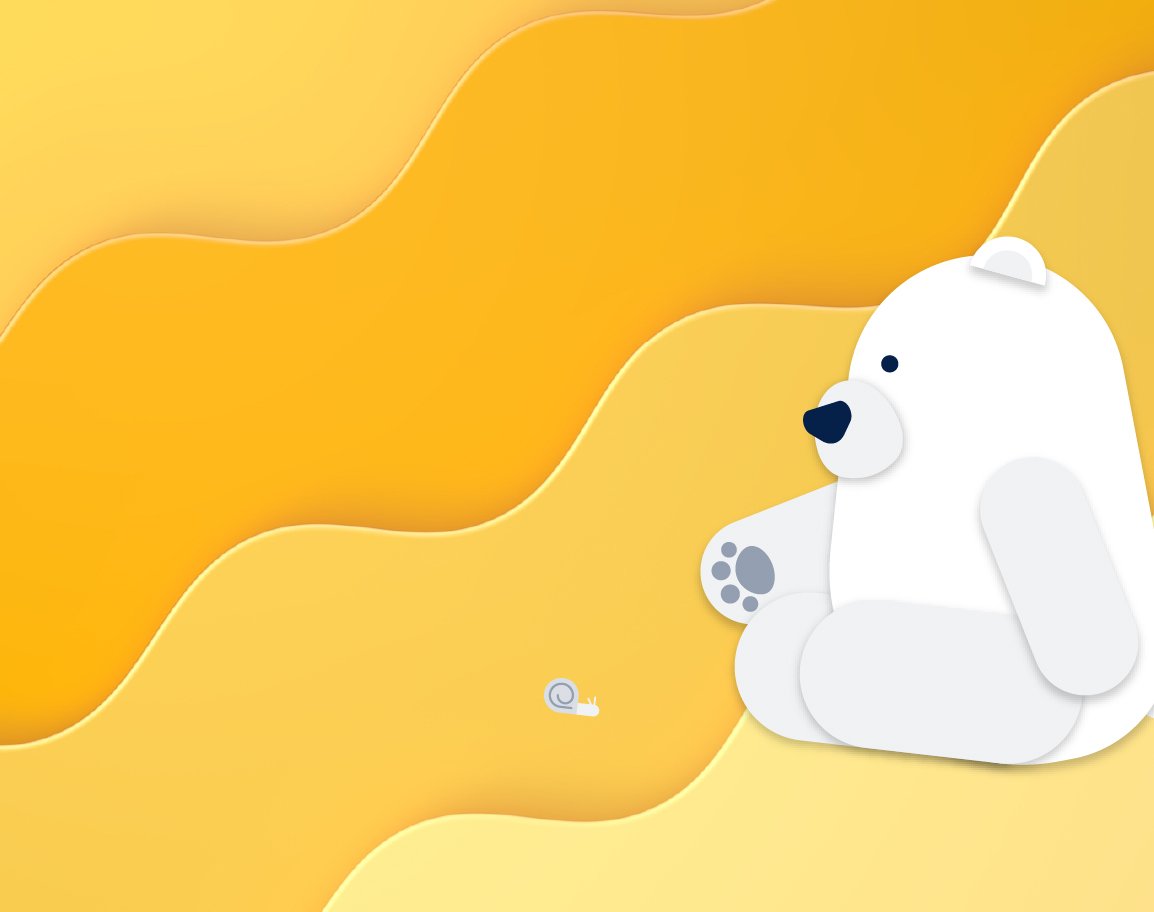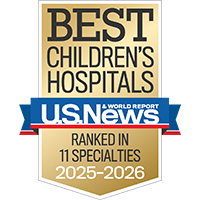Feeling at home
From bedside bingo to therapy dogs, we're here to help kids smile and feel more like themselves.
Visit Child Life services

Cleidocranial dysostosis comes from the words cleido (collar bone), cranial (head) and dysostosis (abnormal bone forming); it is also known as cleidocranial dysplasia. It's characterized by abnormalities of the face and head and by the complete or partial absence of the collar bones, or clavicles.
Characteristics of cleidocranial dysostosis include:
Cleidocranial dysostosis is diagnosed with a physical examination and X-rays of the head, chest and hands. Genetic testing for mutations in the gene that causes the condition, RUNX2, is available but usually isn't necessary for the initial diagnosis.
Because dental problems — such as delayed tooth eruption and additional teeth — are the most significant complications of cleidocranial dysostosis, proper dental and orthodontic treatment is critical. Dental problems are due to direct effects on developing teeth caused by mutations in the gene RUNX2.
Sinus and middle ear infections are also common and require aggressive treatment. If your child has frequent middle ear infections, tympanostomy tubes may be recommended. These are small tubes that are surgically placed into the eardrum to equalize pressure and aerate the middle ear, which helps prevent further infections and hearing loss.
Your child should also be evaluated by an orthopedic specialist for scoliosis, bone density abnormalities and osteoporosis, and other bone abnormalities such as missing collar bones.
UCSF Benioff Children's Hospitals medical specialists have reviewed this information. It is for educational purposes only and is not intended to replace the advice of your child's doctor or other health care provider. We encourage you to discuss any questions or concerns you may have with your child's provider.

Ranked among the nation's best in 11 specialties
Feeling at home
